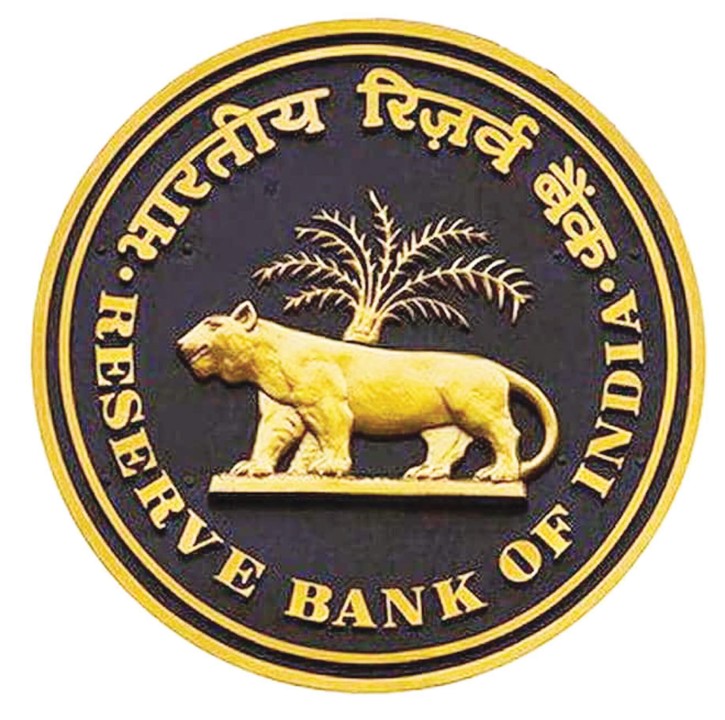

By ZodiacLog News Desk | April 10, 2025
In a move aimed at supporting economic growth, the Reserve Bank of India (RBI) has cut the repo rate by 25 basis points, bringing it down from 6.50% to 6.25%. This marks the first rate cut in nearly five years and reflects a shift in the central bank’s focus — from controlling inflation to boosting economic activity.
📉 What Is the Repo Rate?
The repo rate is the interest rate at which the RBI lends money to commercial banks. When the repo rate goes down, banks can borrow money at a lower cost. This usually leads to lower interest rates on loans and EMIs for consumers and businesses, encouraging spending and investment.
🧮 Why Did RBI Cut the Rate?
Several key factors led to this decision:
Cooling Inflation:
Inflation, which had been a major concern for the past year, has started to ease. The RBI now expects inflation to stay within its target range of 4-6% in the coming months.Slower Economic Growth:
India’s GDP growth has slowed down in recent quarters. Manufacturing, exports, and rural consumption have all shown signs of weakness. The rate cut is expected to help reverse that trend.Global Uncertainty:
With global growth slowing and interest rates easing in other major economies, the RBI has decided to follow suit to keep India competitive and stable.
🗣️ What the RBI Said
In its official statement, the RBI said the decision to reduce the repo rate was taken “to support durable growth while keeping inflation within the target.”
The Monetary Policy Committee (MPC), which makes these decisions, voted 4-2 in favor of the cut. RBI Governor Shakti kanta Das also signaled that the central bank remains open to further rate cuts if needed.
🏠 What It Means for You
For regular people and businesses, this repo rate cut could bring lower loan interest rates, including:
Home loans
Car loans
Personal loans
Business loans
If banks pass on the rate cut, EMIs may come down, making borrowing cheaper.
⚠️ Challenges Ahead
While the rate cut is expected to help, experts warn that it might take time for the effects to be fully felt. Banks often delay passing on the benefit to customers, and overall demand in the economy needs a stronger push.
Also, with global oil prices and geopolitical tensions still uncertain, the RBI will need to stay alert to control inflation in the future.
📊 What’s Next?
Economists are now watching for:
How quickly banks reduce interest rates
Whether consumer spending picks up
RBI’s next move in the June policy meeting
For now, the repo rate cut is seen as a positive step toward reviving growth and supporting industries that have been under stress.
TESLA IN INDIA :-Read More








